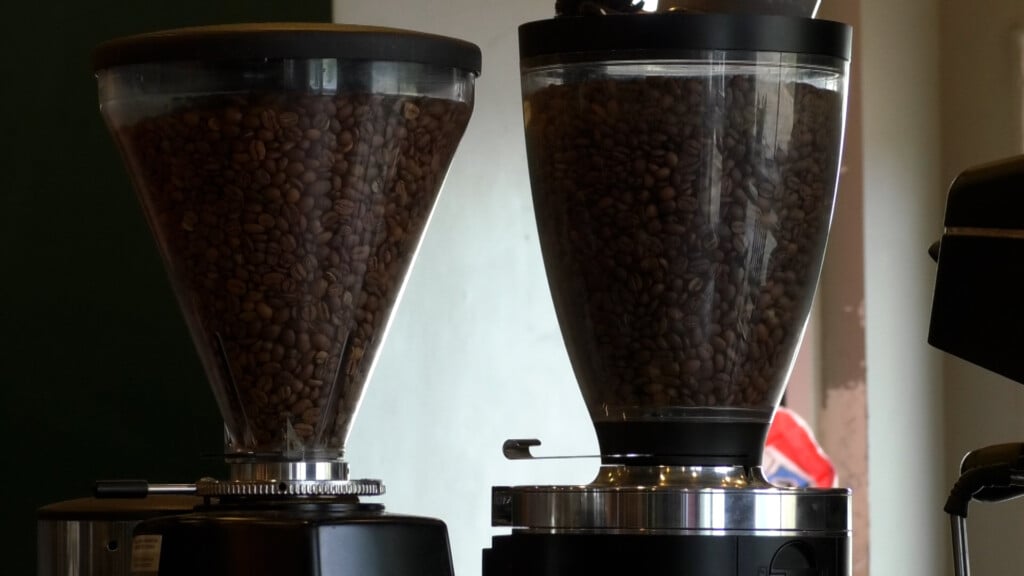College research teams return to Mississippi to study latest wave of severe storms
BROOKSVILLE, Miss. (WCBI) – The return of severe weather to Mississippi has also brought the return of research teams from the University of Alabama Huntsville and other colleges to collect storm data.
“All the ingredients just kind of lined up together to put Mississippi right in the heart of the chance for some severe weather again,” says UAH student Josh Huggins.
They return exactly one week after coming to study the recent tornado on March 23.
“Today does pose kind of a unique case for us and the fact that we have the chance for very high-risk non-thunderstorm winds,” Huggins says. “What we’re feeling out here right now (10:30 a.m.) with these stronger wind gusts that are well out ahead of the mainline.”
The five to six UAH teams were spread up and down Highway 45 as part of the Perils Project, which seeks to better understand the progression of tornadoes and other storms so that they can be identified earlier and give places like Mississippi more time to prepare.
“Understanding these linear storm systems as they progress throughout the Southeast,” Huggins says. “Since that is such a common storm type for us out here.”
Josh Huggins was part of the group in Brooksville working with their mobile Doppler and LIDAR system.
“We are using a laser beam that is being shot up into the atmosphere,” he says. “We’re able to get datasets like relative humidity. We’re able to get an idea for how much water vapor we have up in the atmosphere.”
Another team was based in Amory with what they call their Mobile Integrated Profiling System. It features a radar system that measures wind profiles to help researchers track the wind patterns that lead up to major storms.
“A lot of warm and moist air is being pumped in from the Gulf of Mexico,” says Zeb Leffler, one of the UAH students set up there. “And this warm and moist cold air is leading to the development of thunderstorms and especially will intensify the initial squall line.”
Matthew Starke constantly monitors the various screens that show the different types of data they are collecting and track the weather balloons they deployed throughout the day.
“The first thing that we normally do with wind data is to see how much shear (there is),” Starke says. “That’s the first thing that we normally do because that’s important. The amount of shear is important for the possibility of tornado formation.”
Huggins says they actually had to ditch one of their trucks last week so that they could get out of the path of the oncoming storm. He says that is standard procedure when studying these types of storms and teams are equipped with two trucks so that they can evacuate while leaving the radar to collect more data.
“Any way that we can help increase that leeway time in front of warnings, that’s what we’re trying to do,” he says.




